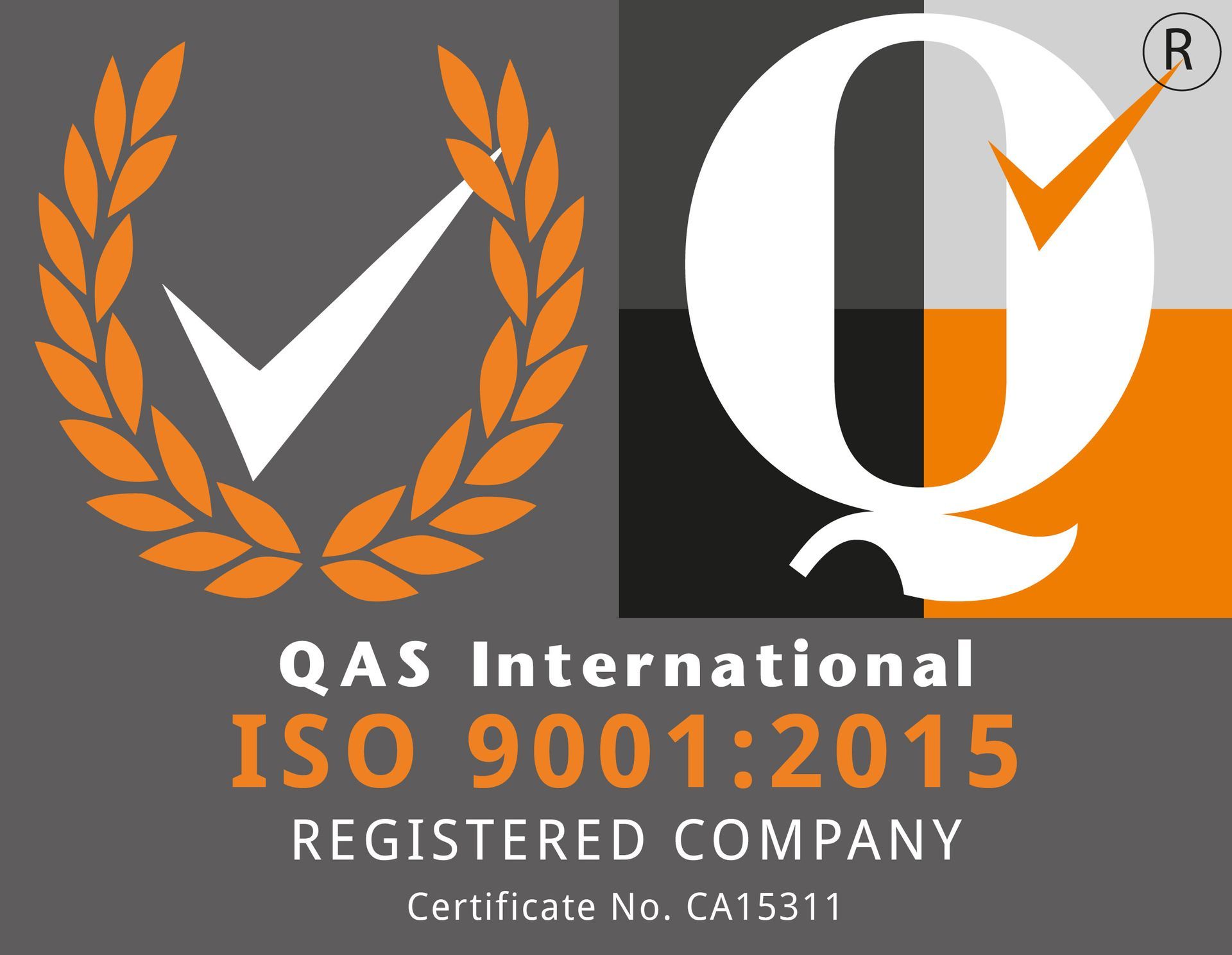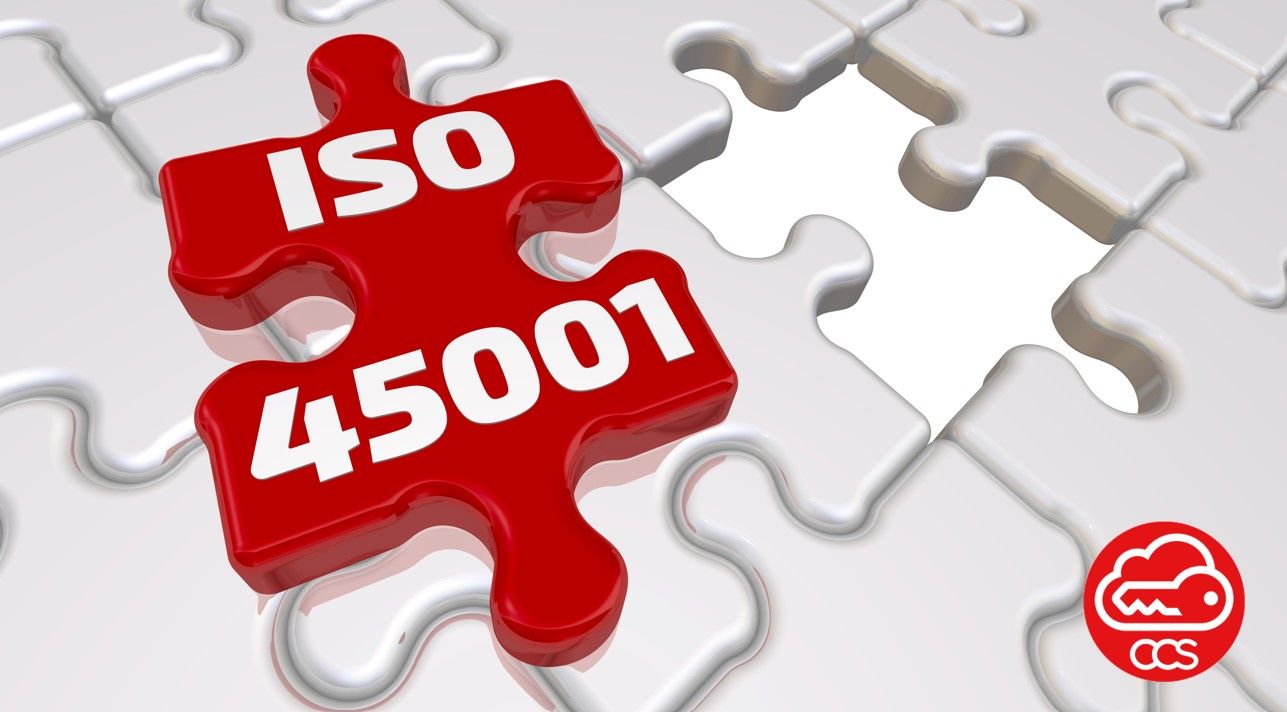ISO 45001 and Stakeholder Engagement:
Fostering a Culture of Safety
Ensuring workplace safety and well-being is paramount for organizations across all industries. ISO 45001, the international standard for occupational health and safety management systems, offers a powerful framework for achieving this goal. Beyond its core principles, This standard also places a significant emphasis on stakeholder engagement.
In this article, we explore how ISO 45001 promotes stakeholder involvement in health and safety matters, and how this engagement fosters a sense of ownership, trust, and collaboration.
- Clear Communication Channels:
- The standard mandates the establishment of clear and effective communication channels for health and safety-related information. These channels ensure that stakeholders, including employees, suppliers, and other relevant parties, have access to essential information. When stakeholders are well-informed, they can make informed decisions and actively contribute to safety initiatives.
- Stakeholder Consultation:
- The standard encourages organizations to consult with stakeholders during the development and implementation of their occupational health and safety (OH&S) management system. This consultation process includes seeking input and insights from employees, suppliers, and other relevant parties. By valuing their perspectives, organizations can shape safety policies and procedures that resonate with those most affected by them.
- Shared Responsibility:
- One of it's core tenets is the cultivation of a culture of shared responsibility for safety. Engaging stakeholders in decision-making processes and safety initiatives creates a sense of ownership among them. When stakeholders feel a personal stake in safety, they become more motivated to actively participate and contribute to its success.
- Employee Involvement:
- Employees play a pivotal role as stakeholders in safety matters. It encourages organizations to involve employees in critical aspects of safety, such as hazard identification, risk assessment, and incident reporting. This active engagement empowers employees to take ownership of their well-being and that of their colleagues.
- Supplier Engagement:
- Suppliers and contractors are vital stakeholders in many organizations' operations. The standard advocates for organizations to consider the safety performance of their suppliers and contractors. By involving them in safety discussions and ensuring they meet safety standards, organizations enhance the safety of their supply chains and reduce risks.
- Training and Awareness:
- The standard underscores the importance of training and awareness programs. Engaging stakeholders through comprehensive training ensures they understand their roles and responsibilities in maintaining a safe workplace. This heightened awareness fosters a culture of safety and shared commitment.
- Participatory Decision-Making:
- It supports participatory decision-making processes. Organizations are encouraged to involve stakeholders in safety-related decisions, whether it's selecting appropriate control measures, setting safety objectives, or evaluating the effectiveness of safety initiatives. Stakeholders' input adds value to these processes.
- Continuous Improvement:
- It's focus on continual improvement aligns seamlessly with stakeholder engagement. By involving stakeholders in evaluating the OH&S management system's performance and suggesting improvements, organizations demonstrate their commitment to ongoing enhancement and responsiveness to stakeholder concerns.
- Feedback Mechanisms:
- Organizations are encouraged to establish feedback mechanisms that allow stakeholders to report safety concerns, provide suggestions, and offer insights into safety performance. These mechanisms promote open dialogue and proactive problem-solving.
- Enhanced Trust and Collaboration:
- As stakeholders become more involved in safety matters and see their input being considered, trust and collaboration naturally increase. This leads to a more harmonious and productive working environment, where everyone is aligned in the pursuit of safety excellence.
Fostering Safety through Stakeholder Engagement
It is more than just a set of guidelines; it is a comprehensive approach to occupational health and safety management. By emphasizing stakeholder engagement, the standard promotes a culture of shared responsibility, trust, and collaboration. In this collaborative environment, organizations can achieve not only compliance with safety standards but also a genuine commitment to the well-being of their workforce. In doing so, they not only meet their safety goals but also strengthen their reputation and relationships with employees, suppliers, and other stakeholders.
Ultimately, ISO 45001 helps create safer workplaces and healthier, more resilient organizations.



